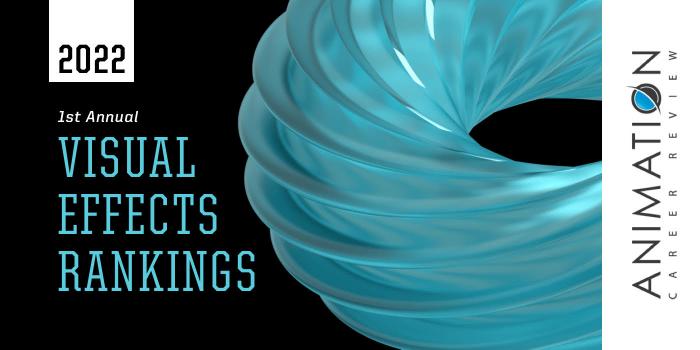Purdue University (Purdue) is home to Purdue Polytechnic Institute—one of the 10 academic colleges at the university. Purdue Polytechnic houses the Department of Computer Graphics Technology (CGT) which has several pathways to study visual effects (VFX). Options include the BS, MS, and accelerated 5-Year BS/MS in CGT. The undergraduate program offers a major in Animation and Visual Effects.
Visual Effects at Purdue is a STEM-based discipline, so all students will take courses such as Physics, Calculus, and Trigonometry. Programs also explore the business side of the film and entertainment business, so students will take marketing, management, business writing, and entrepreneurship courses.
Other course examples across programs include Visual Effects Introduction, Visual Effects: Particles And Procedural Effects, Visual Effects – Pyrotechnics And Destruction Effects, The History And technique Of Visual Effects in Film, 3D Modeling, Rendering, and Texturing, Digital Lighting, Audio, Computer Graphics, Compositing, Motion, Character Rigging, and Lighting.
Students will have opportunities to create visual effects and animations using industry-standard programs such as Autodesk Maya. Production facilities include the Visual Effects Lab, IDEA Lab, High Performance Computer Graphics Laboratory, Heavilon Lab, Games Innovation Laboratory, and the Digital Enterprise Center.
Other CGT features include training on the LightCraft Previzion System (the same visual effects system used in Hollywood productions), real-world projects with real clients, access to innovative tools for animation and visual effects compositing, professors who are leading experts in their respective fields, and networking opportunities through Purdue’s ACM SIGGRAPH (Association of Computing Machinery's Special Interest Group on Computer Graphics and Interactive Techniques) chapter—the first student chapter of the professional computer graphics organization.
Graduates of the CGT Programs at Purdue Polytechnic Institute are routinely hired at Walt Disney, DreamWorks, and Google, among others.
Purdue University is accredited by the Higher Learning Commission (HLC). Established in 1869, the school serves nearly 50,000 students, with around 6,000 enrolled in Purdue Polytechnic Institute. Purdue offers more than 400 programs in 10 colleges and schools. Purdue Polytechnic Institute was founded in 1964 as Purdue University’s School of Technology. The Institute houses seven departments and schools offering dozens of technology-centered programs.












